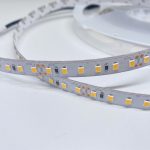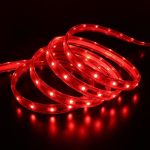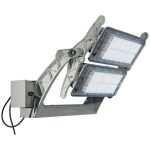Quick Fix: Repair Your Broken LED Light Strip with These Simple Steps
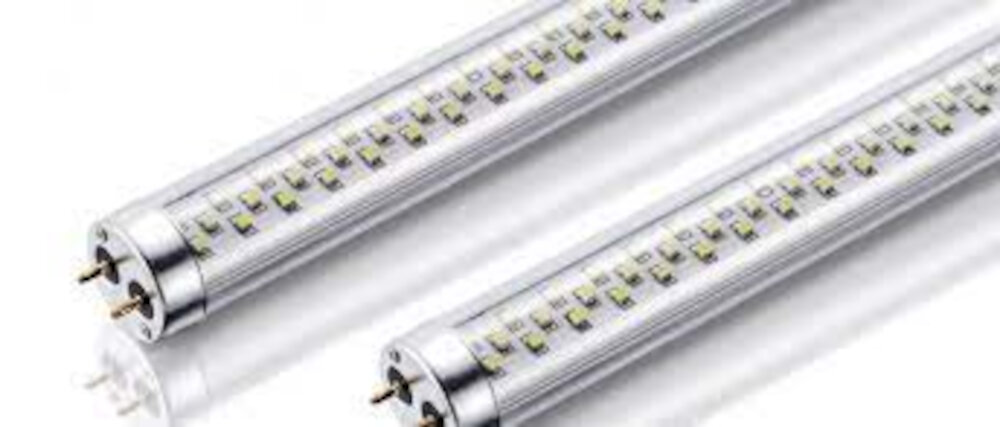
LED light strips are a popular and versatile lighting option, providing ample illumination to any space. However, just like any other electrical appliance, LED light strips are prone to wear and tear, and may eventually break down. This can be frustrating, especially when you rely on your LED light strips for important tasks. Fortunately, repairing your broken LED light strips need not be a complicated or expensive process. With these simple steps, you can quickly fix your LED light strips and restore them to their former glory. One of the most common issues with LED light strips is that they stop working altogether. This could be due to a variety of reasons, such as a faulty power source, loose connections, or damaged components. Before you attempt to fix your LED light strip, it is important to identify the root cause of the problem. This will help you determine the best approach to take and avoid wasting time and resources on ineffective solutions. Once you have identified the issue, you can proceed to these simple steps to repair your broken LED light strip and get it back up and running in no time.
LED light strips have gained immense popularity in recent years due to their energy efficiency and aesthetic appeal. They are commonly used for under-cabinet lighting, accent lighting, and mood lighting in homes and commercial spaces. However, like any electronic device, LED light strips can malfunction or break over time. This can be caused by a variety of factors, such as power surges, exposure to moisture, or physical damage. In such cases, repairing the LED light strip can be a cost-effective solution rather than replacing the entire strip. By following a few simple steps, even a novice DIYer can repair a broken LED light strip and restore its functionality.
Before attempting any repairs on an LED light strip, it is crucial to prioritize safety precautions. LED light strips use electricity to emit light, and if not handled properly, can cause electrical hazards. Therefore, it is crucial to unplug the LED light strip from the power source before attempting any repair. Additionally, wearing protective gloves and eyewear can help prevent any injuries while handling the strip. Checking for any damages or exposed wires before repairing can also prevent any accidental electrical shocks. Taking these safety precautions not only ensures the safety of the individual repairing but also prolongs the lifespan of the LED light strip.
Identifying the Problem
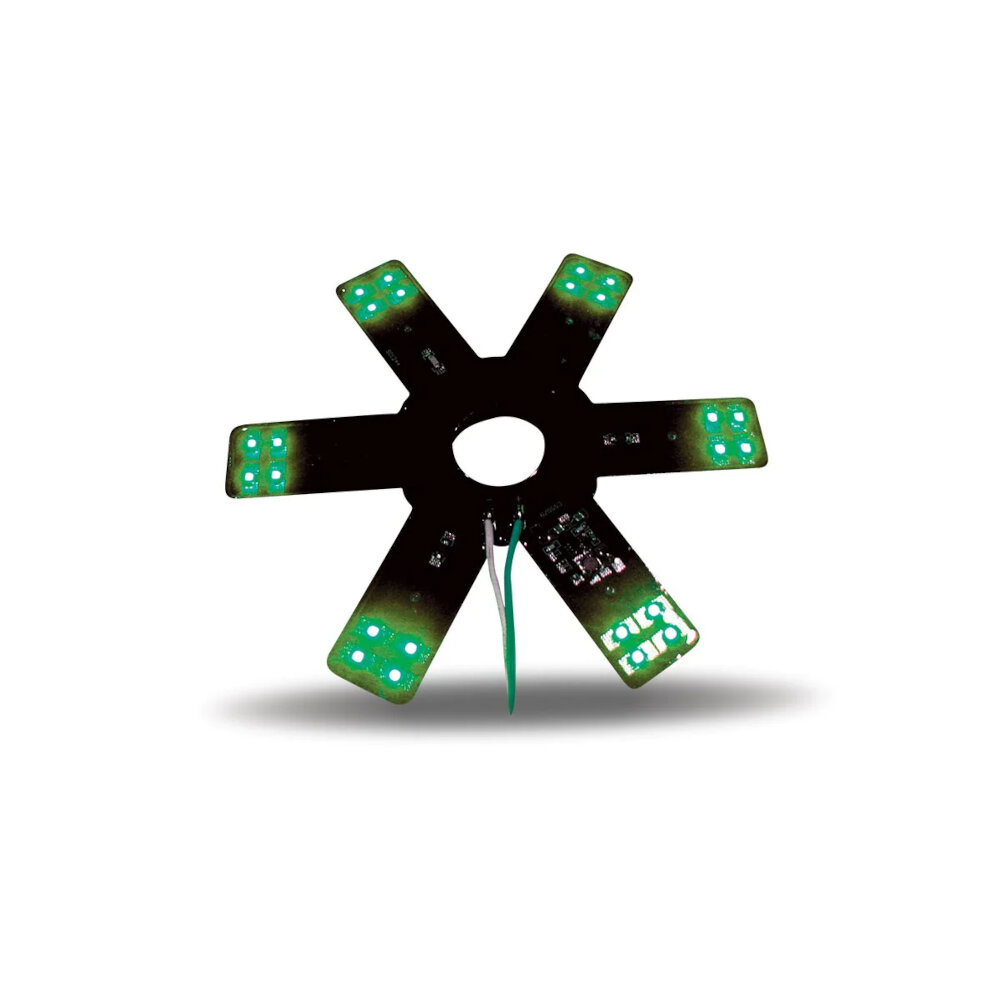
Identifying the problem is the first crucial step in repairing a broken LED light strip. Before proceeding with any repair work, you need to determine what caused the malfunction. The problem could be due to a damaged wire, a faulty LED, or a damaged power supply. You need to inspect the LED light strip carefully to identify the source of the problem. Check for any visible damage or loose connections in the power supply or wires. If the problem is due to a faulty LED, you need to identify the LED that is not working and replace it. Identifying the problem helps you to save time and money by pinpointing the exact issue and avoiding any unnecessary repair work. Once you have identified the problem, you can proceed with repairing the LED light strip. Depending on the issue, you may need to replace a faulty LED or wire. You may also need to solder any loose connections in the power supply or wires. Identifying the problem is a critical step that helps you to repair the LED light strip efficiently. It also ensures that you do not cause any damage to the LED light strip while repairing it. With the right tools and knowledge, you can quickly identify and repair any issues with your LED light strip.
LED light strips are becoming increasingly popular due to their energy efficiency and versatility. However, like any electronic device, they are not immune to issues. The most common problem with LED light strips is flickering, which can be caused by a faulty power supply, loose wiring, or a damaged LED. Another issue is color inconsistency, where different sections of the strip emit different colors. This can be due to poor manufacturing or a malfunctioning controller. LED light strips can also suffer from overheating, which can cause them to dim or stop working altogether. This can be caused by insufficient ventilation, high ambient temperatures, or incorrect installation. Finally, LED light strips can sometimes fail to turn on at all, which can be due to a faulty power supply or a damaged strip.
Inspecting the LED light strip is crucial to identify the specific problem, which can help in determining the necessary repair or replacement steps. To begin with, check the entire length of the strip for any visible damage, such as cracks, cuts, or burns, as these can be the primary reason for the malfunction. Next, examine the power supply and connections to ensure they are secure and correctly attached. If the strip is dim or has a flickering effect, it may indicate a problem with the voltage or current supply. In such cases, using a multimeter to test the voltage and current can help identify the issue. Additionally, checking the controller or remote can help determine if the problem lies in the settings or programming. By following these steps, one can quickly diagnose the problem and take the necessary steps to repair or replace the LED light strip.
Gathering Materials
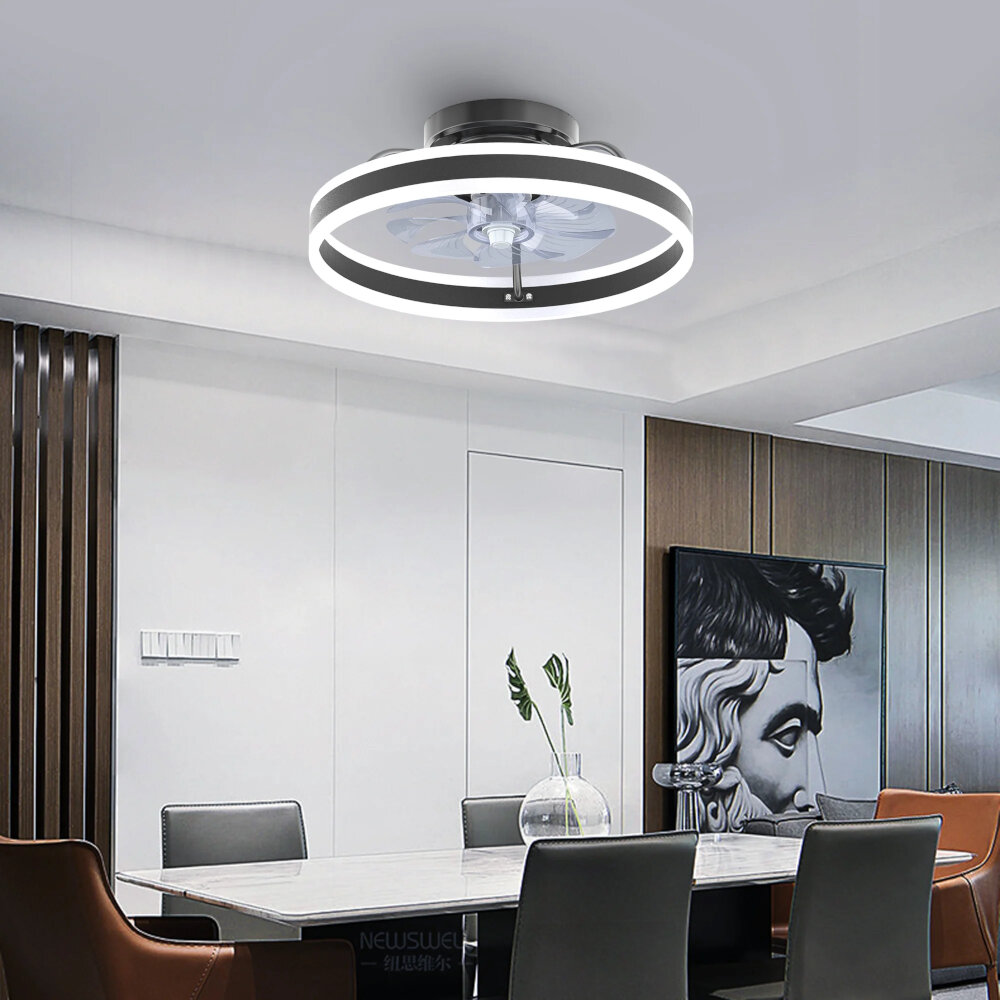
When it comes to repairing broken LED light strips, the first step is to gather all the necessary materials. This will ensure that you have everything you need to complete the repair quickly and efficiently. Some of the materials you will need include a soldering iron, solder, wire strippers, a multimeter, and replacement LED lights. It’s important to make sure that you have high-quality replacement lights that are compatible with your LED light strip. This will ensure that your repair is long-lasting and effective. In addition to the materials listed above, you may also need a heat gun, a hot glue gun, and electrical tape. These materials will come in handy if you need to replace any damaged connectors or wires. When gathering materials, it’s also important to have a clean and organized workspace. This will help you stay focused and avoid misplacing any important tools or materials. By taking the time to gather all the necessary materials before you begin your repair, you’ll be able to save time and complete your project with ease.
When it comes to repairing a broken LED light strip, having the right tools and materials is crucial. The first thing you’ll need is a multimeter to test the voltage and continuity of the strip. You’ll also need a soldering iron and solder to fix any broken connections. Additionally, wire cutters and strippers will come in handy to remove any damaged sections of the strip. To secure the connections, heat shrink tubing or electrical tape are both good options. Finally, a steady hand and some patience are essential to ensure a successful repair. With these tools and materials on hand, you’ll be well-equipped to quickly fix your broken LED light strip and get it shining brightly once again.
When repairing a broken LED light strip, it may be necessary to purchase replacement materials. One of the best places to start is online retailers such as Amazon or eBay. These sites offer a wide range of options at competitive prices. For those who prefer to shop in person, hardware stores such as Home Depot or Lowe’s are great options. These stores often have knowledgeable staff who can help you select the right materials for your repair. Additionally, local electronic stores or hobby shops may carry LED components and accessories. It’s always a good idea to compare prices and read reviews before making a purchase to ensure you’re getting the best deal and the right materials for your LED light strip repair.
Repairing the LED Strip
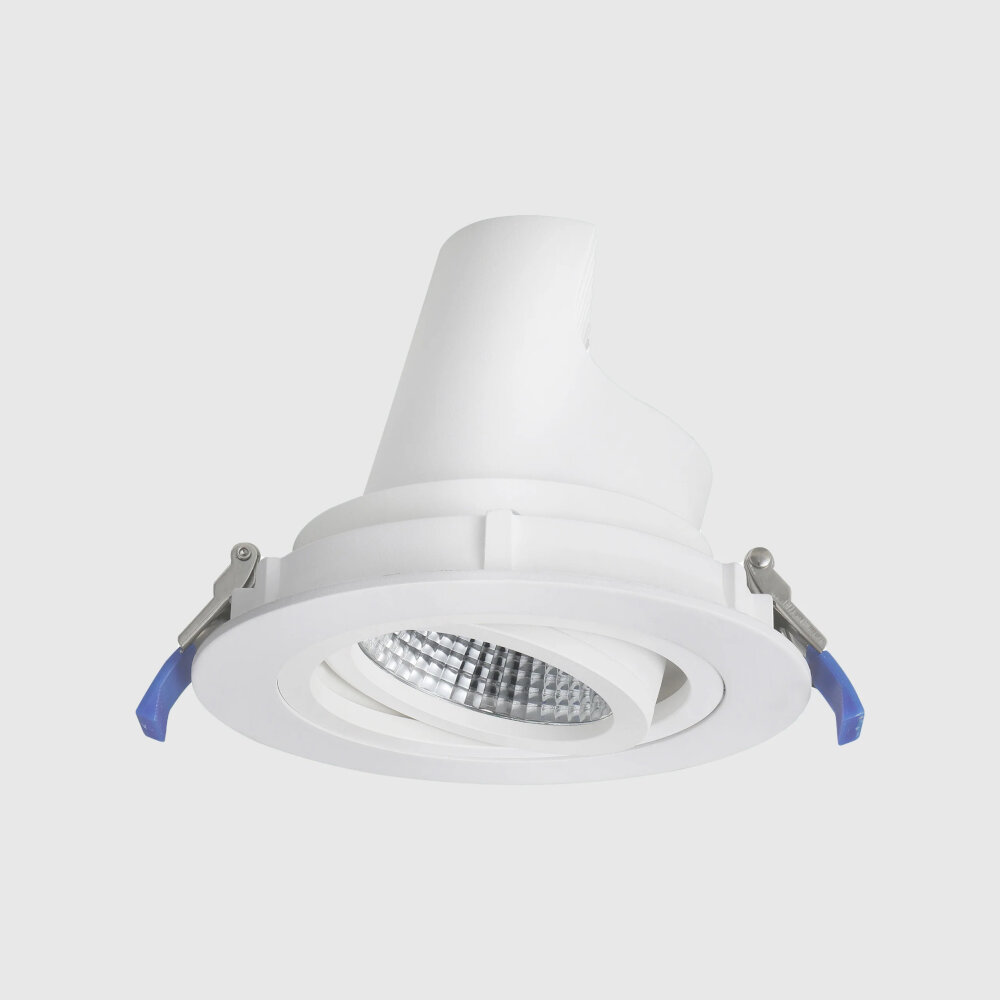
LED light strips have become increasingly popular over the years for their versatility and energy efficiency. However, like any electronic device, LED strips can sometimes fail or malfunction. Repairing a broken LED strip can be a daunting task for those who are not familiar with electronics, but with a few simple steps, you can quickly fix the issue and have your LED strip shining brightly again. The first step in repairing a broken LED strip is to identify the problem. The most common issue with LED strips is a faulty connection or damaged wire. If your LED strip is not turning on or is only partially lit, check the connections between the strip and the power source. Make sure that the wires are securely connected and that there are no loose or frayed wires. If you have identified a damaged wire, you can use a wire stripping tool to remove the damaged section and splice the wires back together. If the issue is not with the wiring, you may need to replace the LED strip altogether. With a little bit of troubleshooting and some basic tools, you can quickly repair your broken LED strip and enjoy the benefits of these energy-efficient lights once again.
If you have identified a problem with your LED light strip, don’t panic, as it can be easily repaired with a few simple steps. First, locate the damaged section of the strip and cut it out using a pair of scissors. Then, strip the wires on either side of the cut and twist them together, making sure to match the colors. Next, apply electrical tape over the exposed wires to ensure a secure connection. Finally, test the repaired section of the strip by plugging it in and checking for proper illumination. With these steps, you can quickly and easily fix your LED light strip without the need for expensive repairs or replacements.
When it comes to repairing your broken LED light strip, including helpful images or videos can significantly aid in the repair process. It is essential to have a visual representation of the steps that need to be taken to fix the issue, as it can be challenging to understand the instructions from written text alone. With the help of images or videos, you can easily identify the parts that need to be repaired, the tools required, and the steps to follow. This approach can save you time and effort by eliminating the guesswork and ensuring that you complete the repair process correctly. Therefore, don’t hesitate to look for helpful videos or images that can guide you through the repair process.
Testing and Troubleshooting
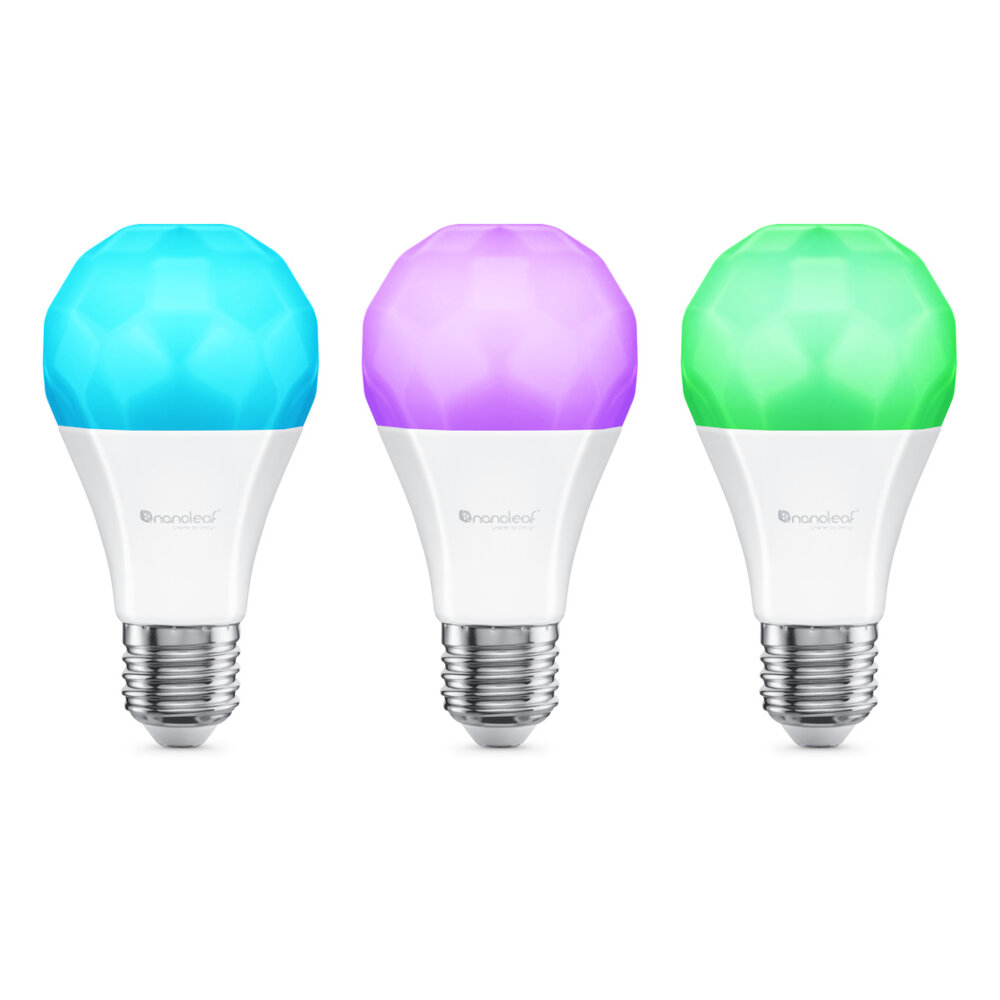
Testing and troubleshooting are crucial steps in repairing any electronic device, including LED light strips. The first step in testing is to check the power source. Ensure that the power source is functioning correctly and providing the required voltage. If the power source is not working, then the LED light strip will not work. Next, inspect the wiring connections to ensure that all the wires are correctly connected. Loose connections can cause the LED light strip to malfunction. If both the power source and wiring connections are correct, then the issue may be with the LED light strip itself. Troubleshooting is the process of identifying the specific issue with the LED light strip and finding a solution. One common issue with LED light strips is a broken or damaged connection between the LED lights and the wiring. This issue can be resolved by soldering the connection back together. Another issue is a faulty LED light, which can be identified by testing each LED light individually. A faulty LED light can be replaced by removing the old LED light and inserting a new one. By following these testing and troubleshooting steps, one can quickly repair a broken LED light strip and enjoy the beautiful and bright glow of LED lights.
After repairing an LED light strip, it is essential to test it to ensure that it is functioning correctly. To do this, plug the LED light strip into a power source and turn it on. Check if all the LED lights are lit up and if they emit the same amount of brightness. If any of the lights are dim or not working, it might indicate an issue with the connection or a faulty LED. Another way to test the LED light strip is to use a multimeter to check the voltage across the connectors. If the voltage is within the range specified by the manufacturer, then the LED strip is functioning correctly. By following these simple steps, you can ensure that your repaired LED light strip is working as intended.
If you have attempted to repair your broken LED light strip but the issue still persists, there are a few troubleshooting tips that you can try. First, ensure that all connections are secure and properly plugged in. If any connections are loose, this can cause the light strip to malfunction. Next, check the power source and make sure that it is functioning correctly. If the power source is not working, the light strip will not receive power and will not turn on. Finally, inspect the light strip itself for any visible damage or defects. If there are any issues with the strip, it may need to be replaced. By following these troubleshooting tips, you can identify the root cause of the issue and take the necessary steps to fix it.
Fixing broken LED light strips is crucial because it not only saves money but also ensures the longevity of the light strips. A malfunctioning LED light strip can pose a significant risk of fire or electrical hazards, which can damage property or even cause harm to individuals. Moreover, repairing the broken LED light strip can enhance the aesthetic appeal of the space where it is installed, providing a pleasant and inviting atmosphere. Ignoring the problem can lead to more severe issues, and it is best to take immediate action to fix the broken LED light strip using simple and effective steps.
It is crucial to take safety precautions when attempting to repair any electronic device, including LED light strips. Always ensure that the power source is turned off and unplugged before attempting any repairs. Wear protective gloves and eyewear to avoid any potential shocks or injuries. In case you feel unsure about the repair process or encounter any issues, seek professional help. It is better to be safe than sorry, and a professional can offer expert guidance and ensure that the repairs are done safely and correctly. Remember to prioritize your safety and seek help when needed to avoid any risks or damages.
Conclusion
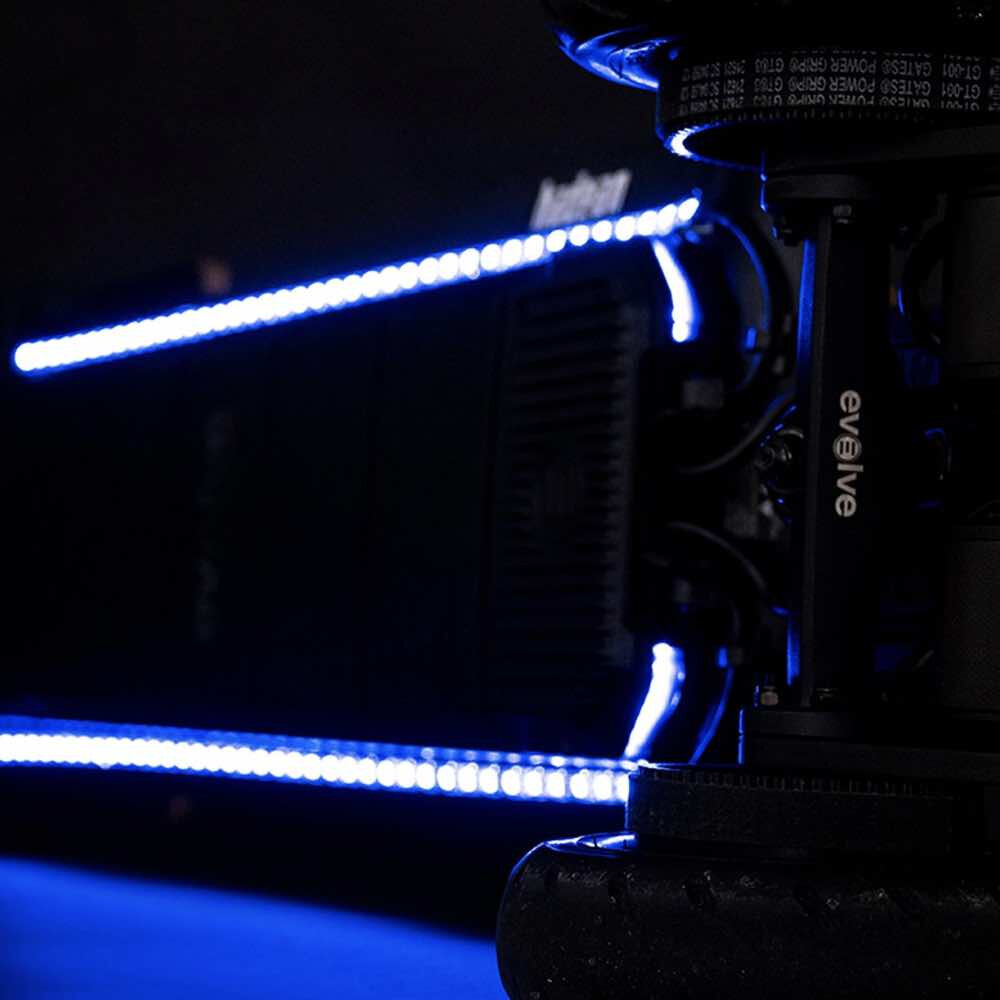
In conclusion, repairing a broken LED light strip may seem like a daunting task, but with these simple steps, it can be easily done at home without any professional help. By identifying the problem, checking the connections, and replacing faulty parts, you can have your LED light strip up and running in no time. Remember to handle the strip with care and follow safety precautions to avoid any further damage. With these quick fixes, you can save money and enjoy the benefits of a fully functional LED light strip.

